Vietnam, a country that effortlessly blends bustling cityscapes with serene countryside and stunning coastlines, truly captivated me. The sheer diversity of experiences, not to mention the incredible food, can be overwhelming for a first-time visitor. While you could easily spend months exploring every corner of this fascinating nation, a well-planned 2-week Vietnam Travel Itinerary allows you to experience the highlights and create unforgettable memories. For those embarking on their first Vietnamese adventure, here’s my recommended itinerary to ensure a magical introduction to this Southeast Asian gem.
Days 1-2 – Ho Chi Minh City: Exploring the Southern Metropolis
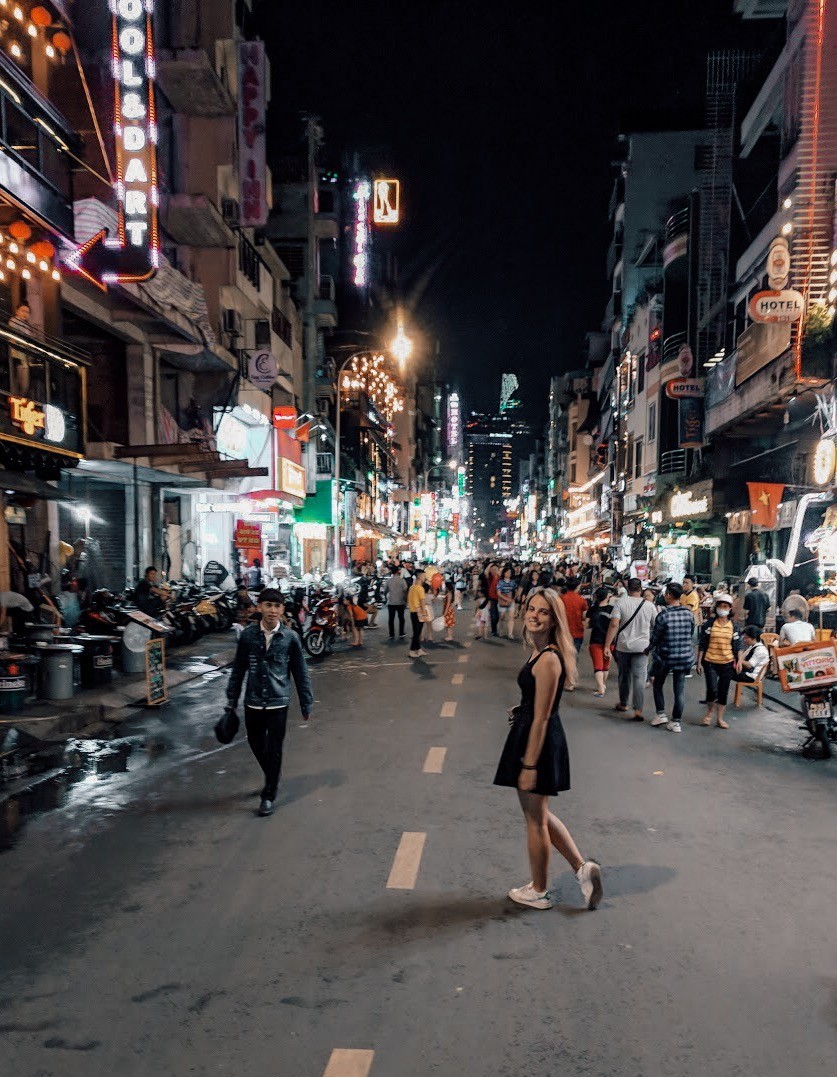 Exploring Ho Chi Minh City's historical sites and vibrant markets
Exploring Ho Chi Minh City's historical sites and vibrant markets
Ho Chi Minh City, formerly Saigon, while not my personal favorite destination in Vietnam, remains a crucial starting point for understanding the country’s rich history. As the former capital of South Vietnam, it offers a wealth of museums and historical sites that provide crucial context for your journey. Dedicate your first couple of days to delve into Vietnam’s past, particularly its modern history. A half-day tour to the Cu Chi Tunnels is highly recommended. This intricate network of underground tunnels, used by the Viet Cong during the Vietnam War, offers a fascinating, albeit slightly claustrophobic, glimpse into the resilience and strategic ingenuity of the Vietnamese forces.
Highlights: Reunification Palace, Cu Chi Tunnels, Ben Thanh Market, and panoramic city views from The View Rooftop Bar.
Day 3 – Mekong Delta: Immersion in Rural Vietnam
To truly appreciate Vietnam’s soul, venture beyond the cities and into the countryside. The Mekong Delta, often referred to as the “Rice Bowl of Vietnam,” offers a stark contrast to the urban hustle. A day trip to the Mekong Delta provides your first taste of rural Vietnamese life and the region’s stunning natural beauty. Numerous tour operators in Ho Chi Minh City offer convenient day trips. These tours typically include boat excursions along the intricate waterways of the delta, visits to local villages and fruit orchards, and a traditional Vietnamese lunch. It’s an excellent way to witness the daily life of Mekong Delta inhabitants and experience the region’s unique ecosystem.
Day 4 – Da Nang and Ba Na Hills: Coastal Charm and Highland Fantasy
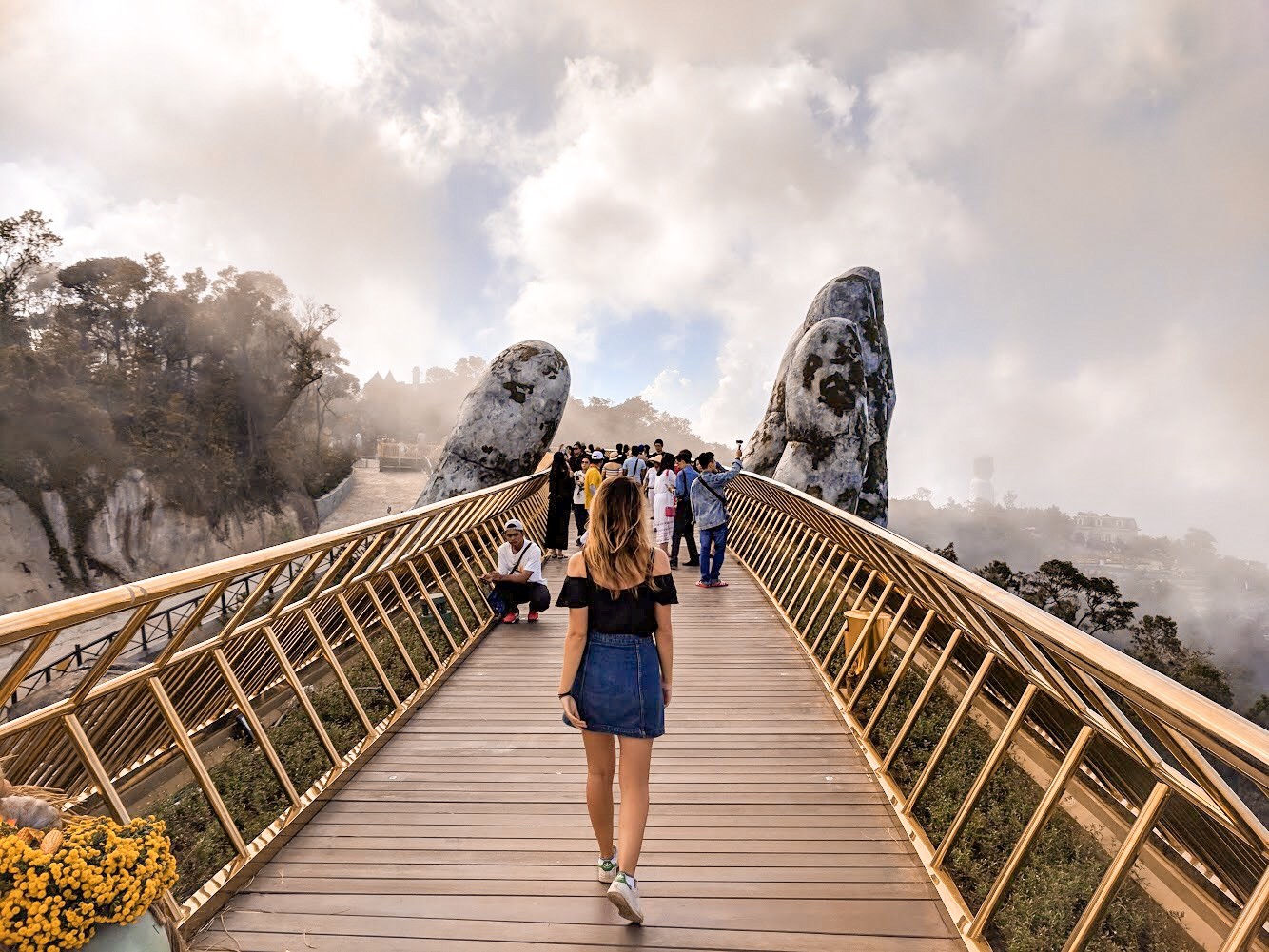 Discovering the unique Golden Bridge and French Village in Ba Na Hills near Da Nang
Discovering the unique Golden Bridge and French Village in Ba Na Hills near Da Nang
It’s time to journey north to Da Nang, a vibrant coastal city with beautiful beaches and access to the intriguing Ba Na Hills. Internal flights are a fast and affordable way to travel within Vietnam, maximizing your time in each location. Alternatively, an overnight bus can save on accommodation costs and offer a glimpse of the countryside. The highlight of Da Nang is undoubtedly Ba Na Hills. This mountain resort, reminiscent of a European village, is a surreal and unforgettable experience. Home to the iconic Golden Bridge, held aloft by giant stone hands, and reached by a breathtaking cable car ride offering stunning views, Ba Na Hills is a must-see for its sheer uniqueness.
Days 5-6 – Hoi An: Ancient Town and Tailoring Treasures
 Exploring the lantern-lit streets of Hoi An Ancient Town, a UNESCO World Heritage site
Exploring the lantern-lit streets of Hoi An Ancient Town, a UNESCO World Heritage site
Hoi An quickly became a personal favorite in Vietnam, and indeed in all of Southeast Asia. This charming ancient trading port exudes a relaxed atmosphere, perfect for unwinding and soaking in Vietnamese culture. Hoi An is renowned for its exceptional cuisine, riverside bars, and, most famously, its tailoring shops. Here, you can have custom-made clothing created at incredibly affordable prices. Wander through the lantern-lined streets of the UNESCO-listed Ancient Town, a truly magical experience, especially in the evening.
Highlights: Hoi An Ancient Town, An Bang Beach, the Japanese Covered Bridge (Cau Chua Pagoda), and indulging in the local specialty, Cao Lau noodles.
Day 7 – Hai Van Pass: Scenic Route to Hue
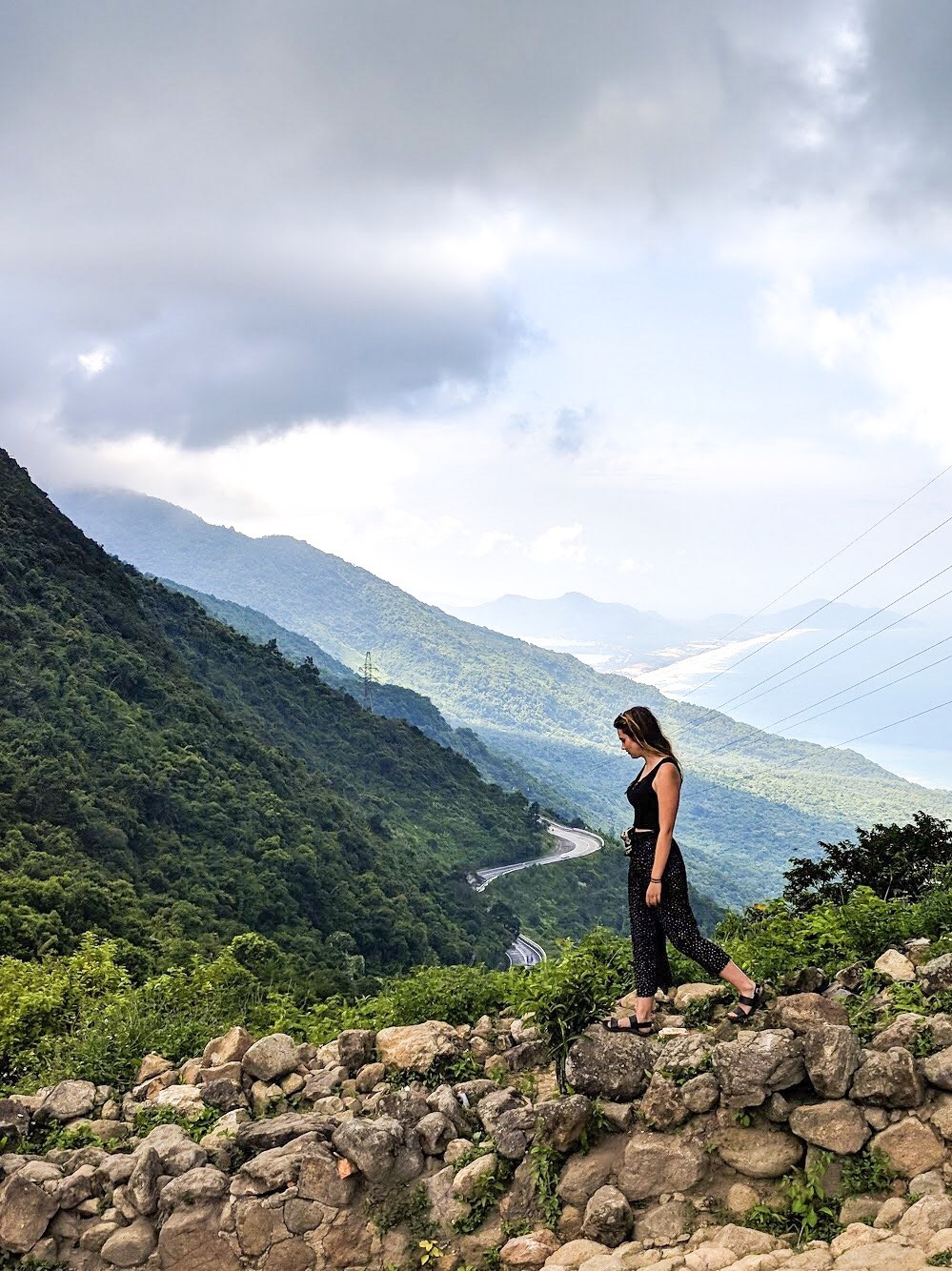 Motorbiking through the breathtaking Hai Van Pass, experiencing Vietnam's stunning coastal scenery
Motorbiking through the breathtaking Hai Van Pass, experiencing Vietnam's stunning coastal scenery
Immortalized by the BBC’s Top Gear, the Hai Van Pass, connecting Hoi An and Hue, is widely considered one of Vietnam’s most scenic roads. While adventurous travelers might be tempted to motorbike the pass themselves, it’s advisable for less experienced riders to opt for a guided motorbike tour. These tours provide experienced drivers and handle luggage transport, ensuring a safer and more enjoyable journey. Alternatively, hiring a private car for the day offers a comfortable way to experience the pass. Be sure to request stops at the Marble Mountains, a cluster of marble and limestone hills with caves and pagodas, and to enjoy fresh seafood at one of the restaurants along the coast.
Day 8 – Hue: Imperial Citadel and Royal History
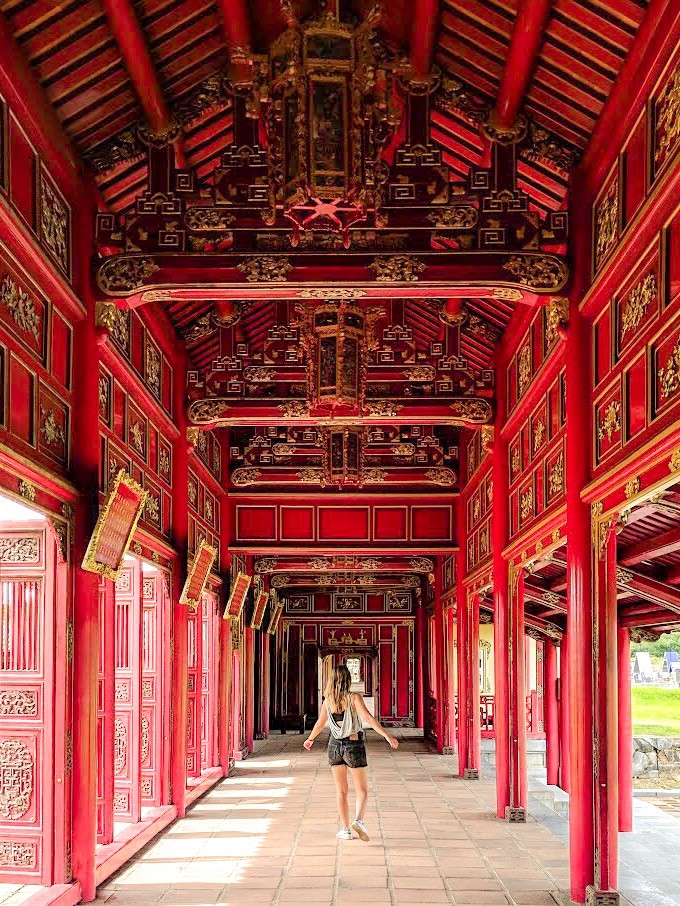 Discovering the historical Imperial City of Hue, a UNESCO World Heritage site
Discovering the historical Imperial City of Hue, a UNESCO World Heritage site
Hue, the former imperial capital of Vietnam, is steeped in history and culture. The Imperial City, a UNESCO World Heritage site, is the main attraction. This sprawling walled citadel encompasses palaces, temples, pagodas, and gardens, offering a fascinating glimpse into Vietnam’s imperial past. Spend a day exploring the intricate architecture and historical significance of the Citadel. In the evening, head to the Hue Walking Street for dinner and to experience the city’s vibrant atmosphere, often featuring street performers.
Days 9-10 – Ninh Binh: “Halong Bay on Land”
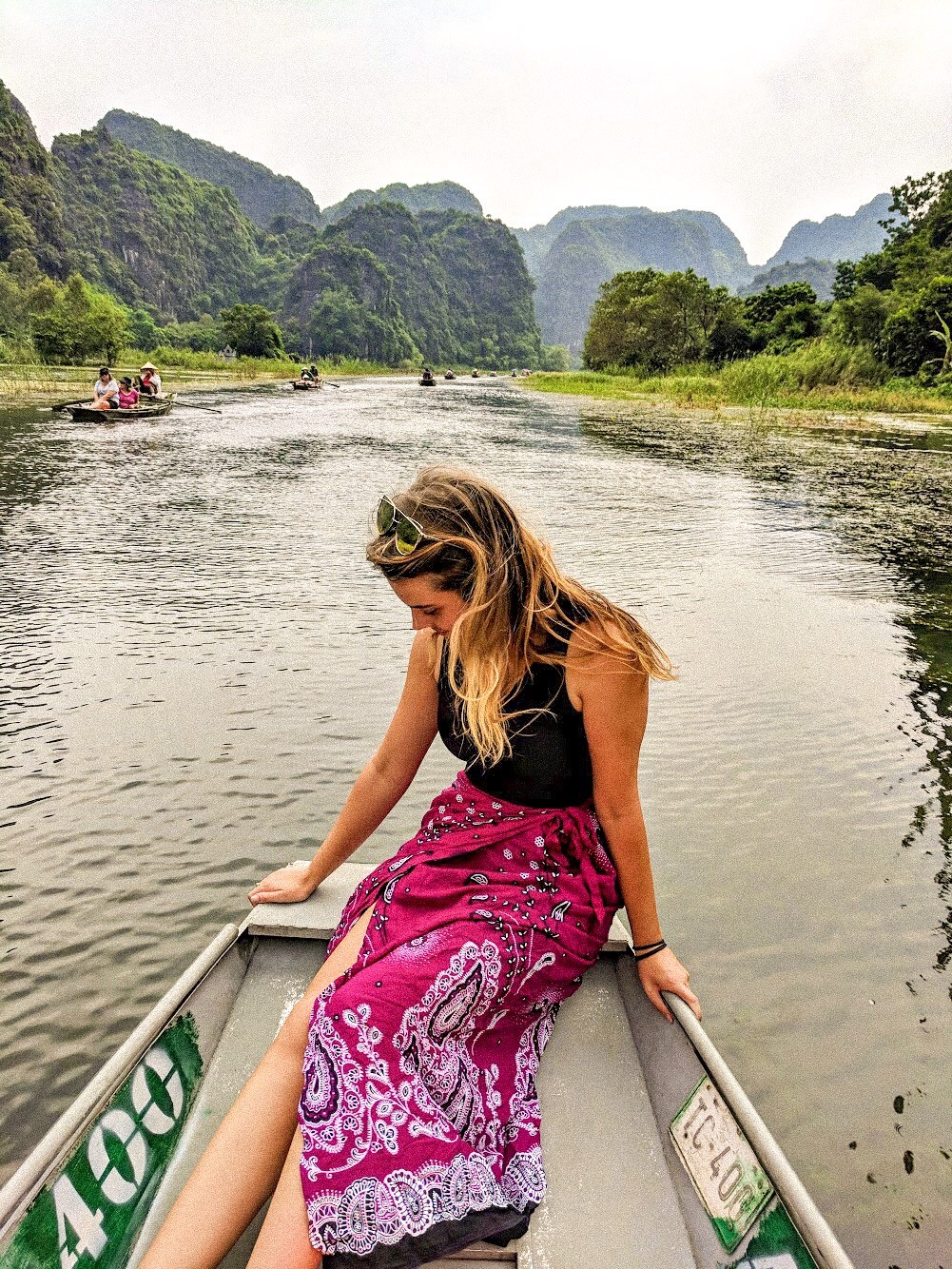 Rowing through the scenic Tam Coc in Ninh Binh, often called "Halong Bay on Land"
Rowing through the scenic Tam Coc in Ninh Binh, often called "Halong Bay on Land"
Ninh Binh, often dubbed “Halong Bay on Land,” is a region of breathtaking natural beauty and is guaranteed to be a highlight of your vietnam travel itinerary. Take a traditional sampan boat trip through Tam Coc, where local guides expertly row you through rice paddies, towering limestone karsts, and serene caves using their feet. Rent a bicycle to explore the countryside, visiting Bich Dong Pagoda, a picturesque pagoda nestled into a mountainside. For panoramic views, climb to the top of Lying Dragon Mountain (Hang Mua Caves). The challenging climb is rewarded with stunning vistas of the entire Ninh Binh region.
Day 11 – Hanoi: Northern Charm and Bustling Streets
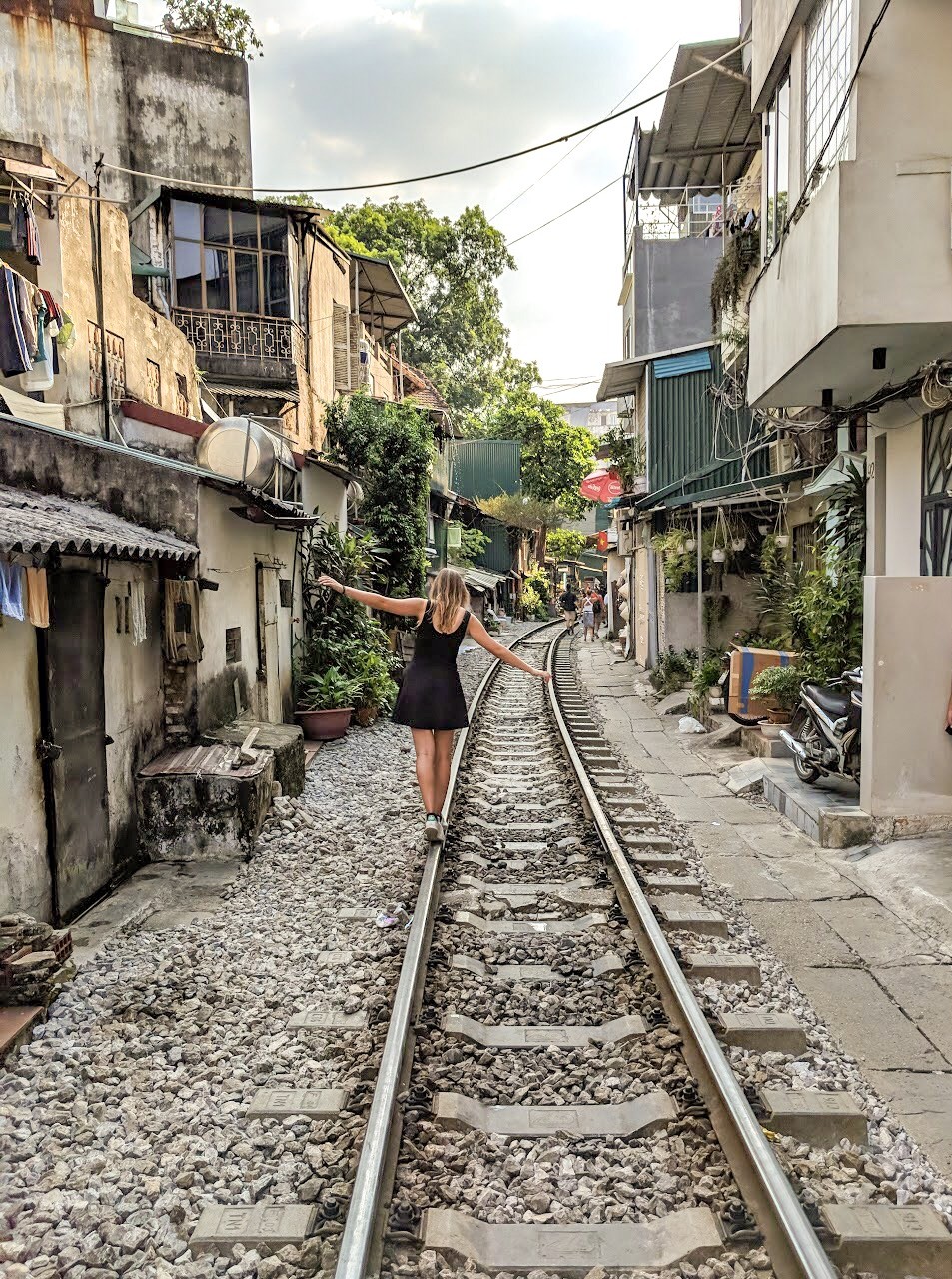 Exploring the Old Quarter of Hanoi, with its vibrant street life and historical architecture
Exploring the Old Quarter of Hanoi, with its vibrant street life and historical architecture
Hanoi, Vietnam’s capital city, possesses a distinct charm and character, arguably more so than Ho Chi Minh City. Wander through the narrow, winding streets of the Old Quarter, a maze of shops, street food stalls, and historical buildings. Relax by Hoan Kiem Lake, the city’s tranquil heart. For unique photo opportunities, visit Train Street, where a railway track runs through a residential street, or explore the numerous Instagrammable cafes scattered throughout the city. Hanoi also boasts significant historical sites, from pagodas and temples to war memorials and museums.
Highlights: Old Quarter, Ho Chi Minh Mausoleum, Ngoc Son Pagoda, Temple of Literature, and the unique Train Street.
Days 12-13 – Cat Ba Island and Ha Long Bay: Iconic Natural Wonder
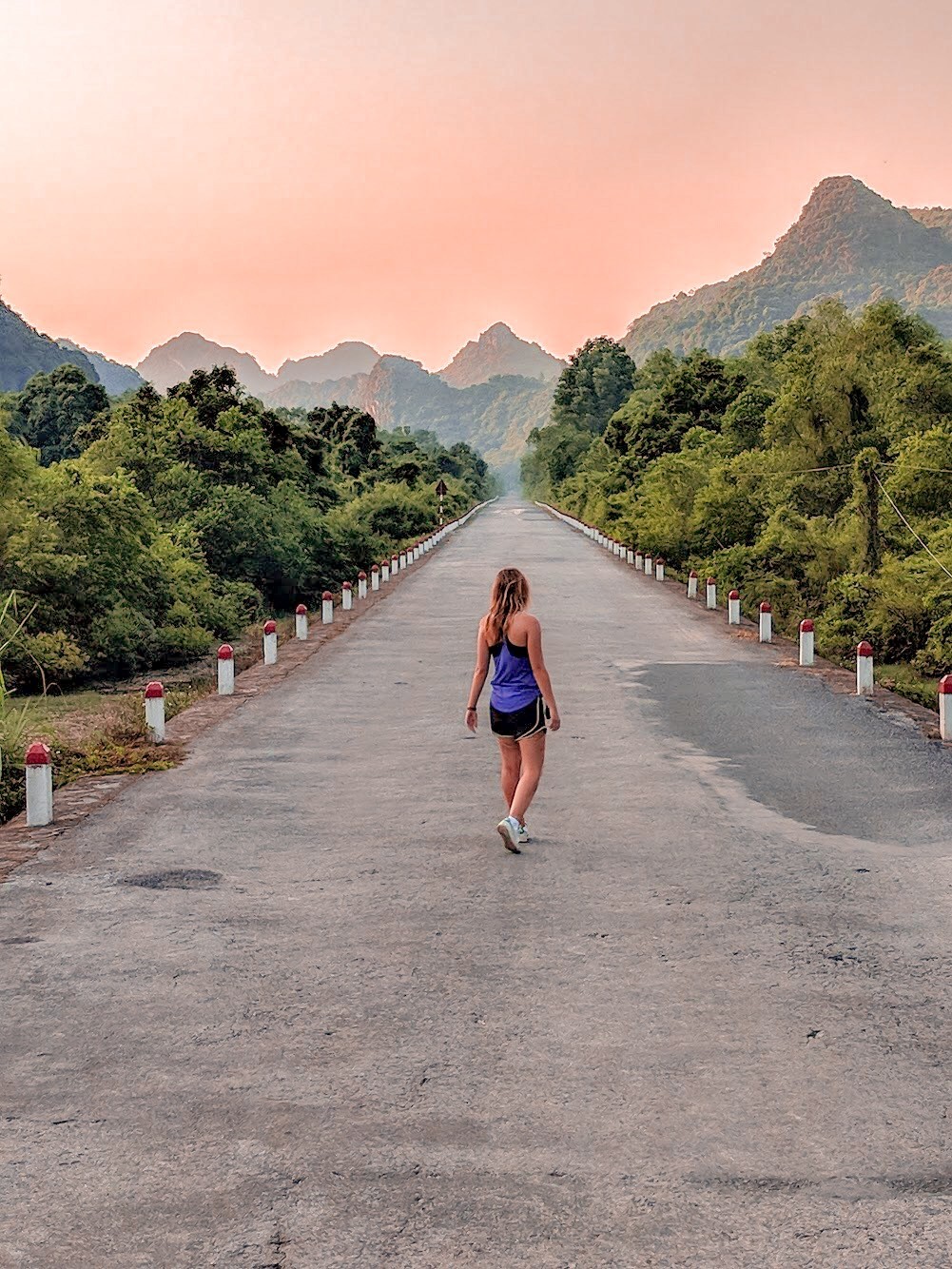 Cruising through the stunning limestone karsts of Ha Long Bay from Cat Ba Island
Cruising through the stunning limestone karsts of Ha Long Bay from Cat Ba Island
No vietnam travel itinerary is complete without experiencing the world-renowned Ha Long Bay. While it may be a popular destination, Ha Long Bay truly lives up to the hype. For a more immersive experience than a typical day trip, consider staying on Cat Ba Island and taking a boat tour from there. This allows you to explore Lan Ha Bay, which is equally stunning but often less crowded than Ha Long Bay itself. Cat Ba Island also offers Cat Ba National Park, historic forts, and a more laid-back island vibe.
Day 14 – Farewell Hanoi: Departure Day
Return to Hanoi for your final day in Vietnam before heading to the airport. Use this last day to revisit your favorite spots in the city, shop for souvenirs at Dong Xuan Market, savor one last bowl of pho, or simply soak in the atmosphere of this captivating country. As your 2-week vietnam travel itinerary comes to an end, you’ll likely be already dreaming of your return.
Vietnam Travel Tips for a Smooth Trip
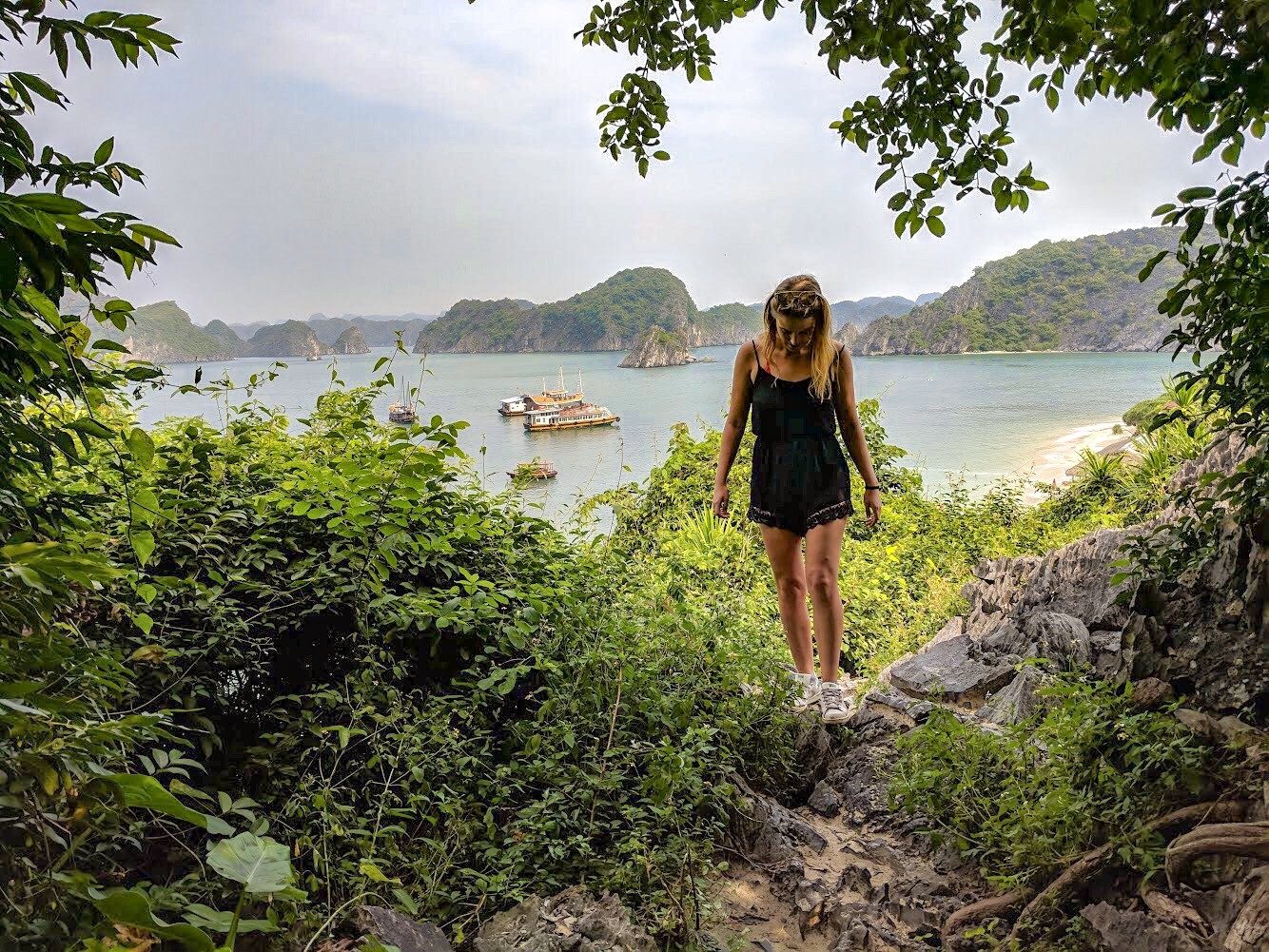 Essential Vietnam travel tips for first-time visitors
Essential Vietnam travel tips for first-time visitors
- Transportation: Grab, the Southeast Asian ride-hailing app (similar to Uber), is invaluable for navigating cities affordably and safely, avoiding potential taxi scams.
- Scams: Be aware of common tourist scams. Research common scams beforehand and be vigilant.
- Food: Embrace local Vietnamese cuisine! It’s not only significantly cheaper but also far more authentic and delicious than Westernized versions. Street food and local restaurants offer the best culinary experiences.
What are your must-do activities for a 2-week vietnam travel itinerary? Share your suggestions in the comments below!
Katie x
